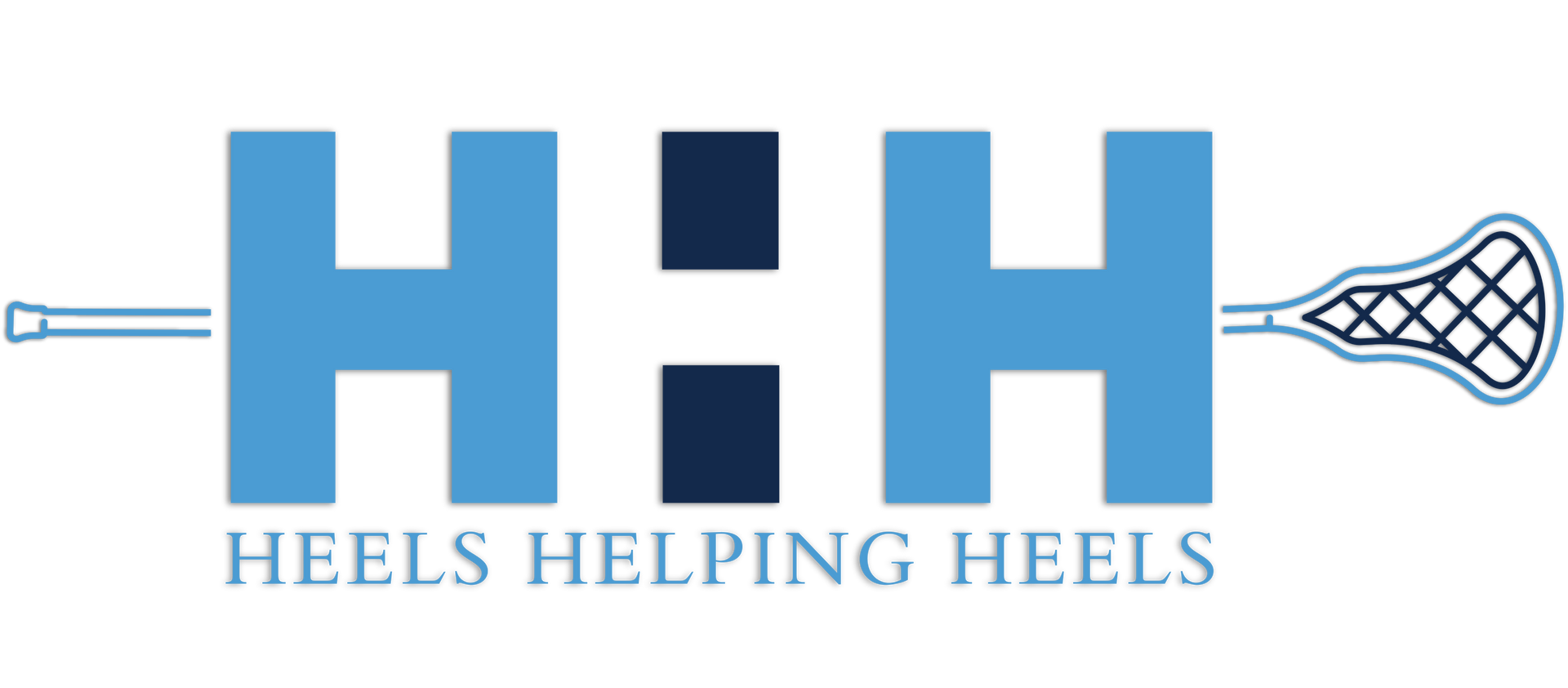resume checklist
As you’ve learned, recruiters are faced with a pile of resumes, need to be quick to dismiss those that don’t make the cut, and will stop reading after just a few seconds if they haven’t been immediately impressed.
For this reason, we’ve provided you with a Resume Writing Checklist. By following this checklist, you will avoid many of the common resume errors, and your resume will stand out from the crowd.
Our recommendation is you refer to this checklist often, especially just before you send your resume to a recruiter or human resources professional.
Contact Info
Imagine missing out on your dream job because you made a typo in your email address or phone number! Check the information multiple times. The info should also be comprehensive and include:
- Your full name
- Current address
- Phone number
- Professional looking email address (e.g. yourname@server.com)
- LinkedIn details or professional website URL, if you have them
Design and Appearance
The first impression a resume gives is essential as resumes are generally judged in a matter of seconds. Your resume must:
- Looks professional and attractive. Using a resume builder (see below) achieves this quickly.
- Be readable. Use a basic font like Arial or Calibri and make sure there is plenty of white space.
- Draw the reader’s eyes to the most important parts. Use bold, bullets and other design elements to highlight key info.
- Be visually consistent. Make sure the borders are even, that you have used the same style and size of font throughout, and that there are no other visual inconsistencies.
Tailor Your Professional Experience
Your professional experience section needs to be tailored to show why you are the right candidate for each specific job. Using a professional resume template is a quick and easy way to do this.
Resume writing tips for the professional experience section:
- Use a resume format that highlights your strengths most effectively whether it be a chronological, functional or combination format.
- You use a resume format which highlights your strengths the best, whether it be chronological, functional, or combination of the two.
- Each job description is as concise as possible, include more details for the more recent and relevant positions.
- Each job description relates to the position you are applying for, irrelevant experience is a waste of valuable space.
- You demonstrate that you have the key skills and competencies the job requires.
- You have included the keywords from the job description on your resume
- The information is accurate.
What Not to Include on Your Resume
Writing too much information is one of the most common mistakes. If you are not sure if a piece of information is relevant to the job you’re applying for, don’t include it on your resume. The recruiter will use the interview to get to know you better, the aim of your resume is to get you a first interview. Don’t include:
- Personal details. Except your contact details. Don’t write your age, ethnicity, sexuality, or marital status.
- Salary information. This could immediately eliminate you from consideration. If the potential employer thinks your salary is too high or low.
- References. Wait until the employer requests these. Don’t even write ‘references available on request’, as this goes without saying.
- Every job you’ve ever had. Only list experience you’ve had over the last 10-15 years which demonstrates to the employer that you’re the right person for the job. Positions older than this that still add some value can be listed without description depending on space available.
- Hobbies and interests. Only include interests if they are directly relevant to the job.
- Outdated qualifications. Only include your high school if: you haven’t finished it yet, you are in college, or it is your highest educational achievement.
- Reasons you left past positions. If an employer wants to know they can ask you in the interview.
